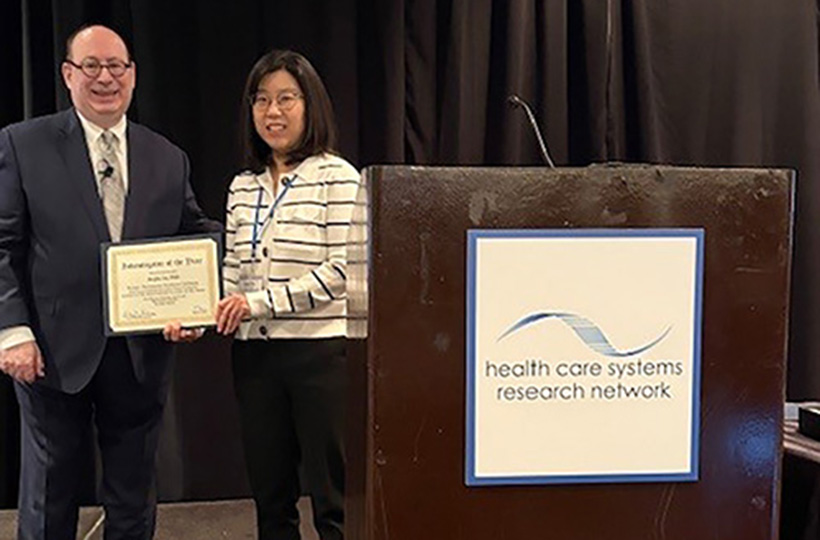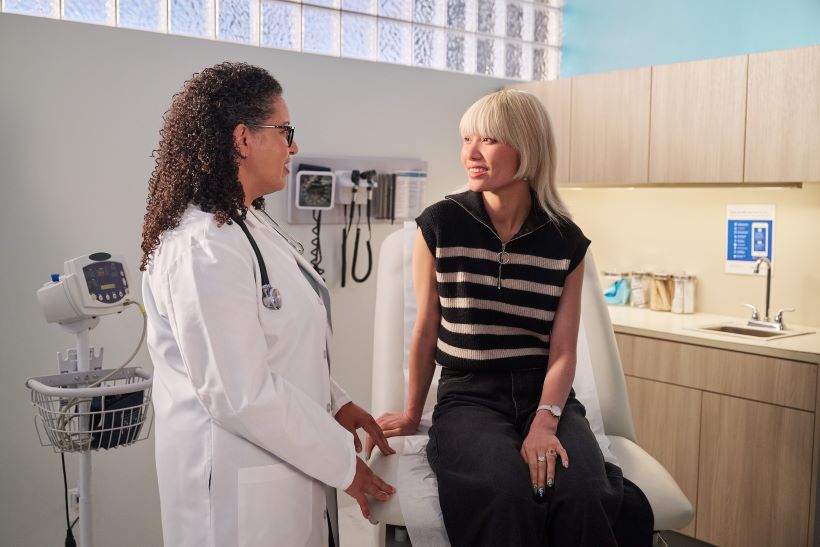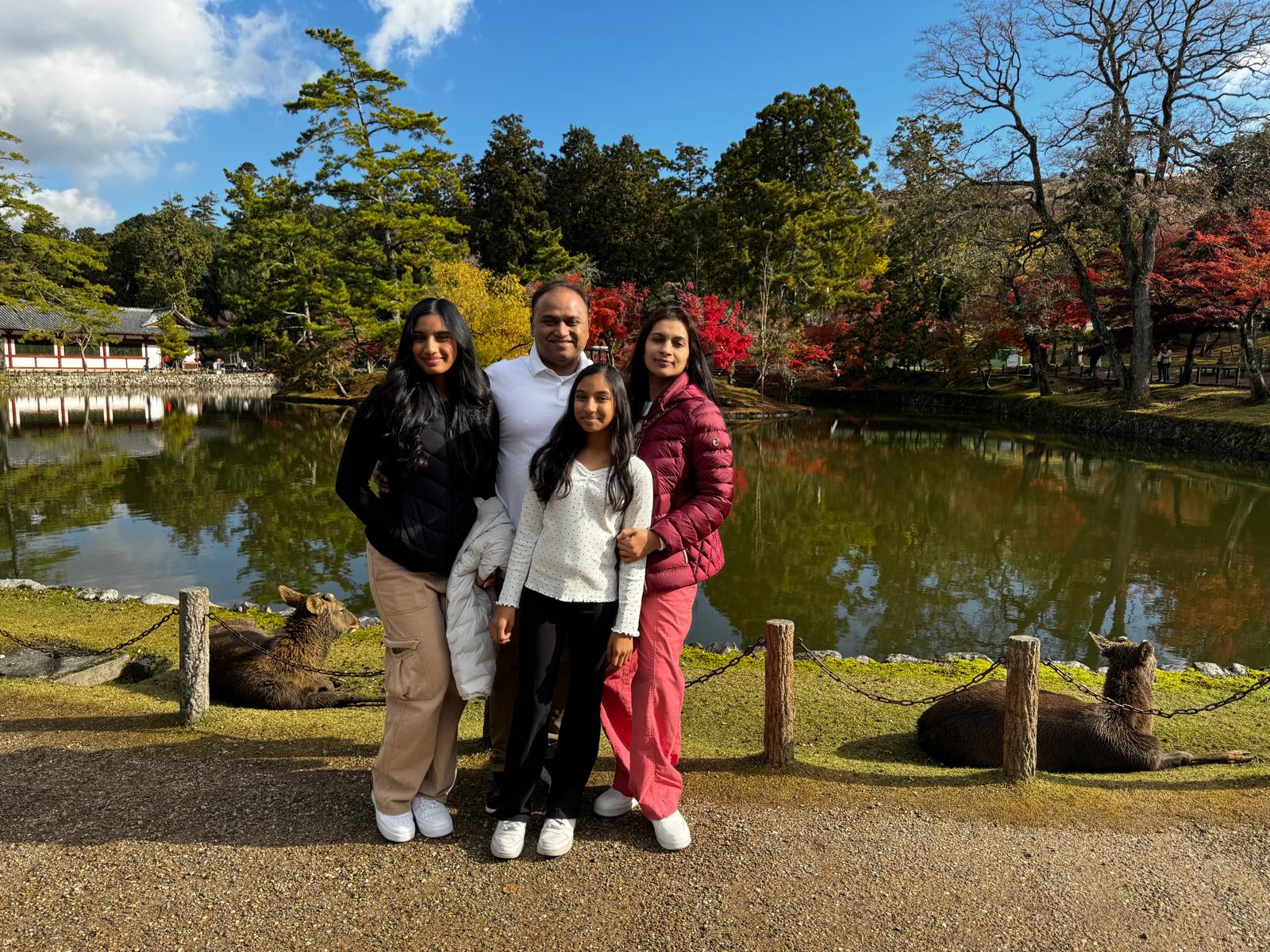March 2025

Focus Feature: Doctors assess glaucoma risk among younger adults
Eye specialists at Kaiser Permanente Southern California studied whether using a standardized testing criteria among younger adults could improve care, reduce unnecessary testing, and potentially reduce blindness from glaucoma.
R&E News and Features

Investigator wins prestigious award
Jaejin An, PhD, was recognized with the Early Career Investigator of the Year award at this year’s Health Care Systems Research Network conference held in St. Louis, Missouri.

Identifying those most at risk of TB
People born in countries with a high burden of tuberculosis and living in the United States have higher rates of TB disease, and may need more focused screening. This new study also found higher rates of TB among patients with certain high-risk medical conditions.

Bariatric surgery reduces costs for patients with type 2 diabetes
Both Roux-en-Y gastric bypass and sleeve gastrectomy bariatric surgeries help reduce health care costs for people with Type 2 diabetes 5.5 years after surgery.

Research finds ways to improve outcomes for heart failure patients with chronic kidney disease
Research by physicians at the Kaiser Permanente Los Angeles Medical Center is helping patients with heart failure to transition more smoothly and safely to dialysis if they develop chronic kidney disease.

Many U.S. teens may be eligible for weight loss surgery
In a Kaiser Permanente Southern California study, 1 in 23 adolescents met the eligibility criteria for metabolic and bariatric surgery, also known as weight loss surgery. The findings suggest that about 1 million adolescents across the United States could be eligible for the procedure.

Medicaid enrollees less vaccinated during pregnancy across U.S.
Most individuals in the United States who are pregnant are not getting the vaccines that could protect them — and their babies — from COVID-19, flu, and whooping cough. This is especially true among those who are on Medicaid.

Intensive blood pressure control and patients with chronic kidney disease
The benefits of intensive blood pressure shown in the Systolic Blood Pressure Intervention Trial (SPRINT) also help patients with chronic kidney disease. The trial also showed some risks with the lower blood pressure targets.

Study highlights the impact of electronic media use on young people
Young people who frequently used electronic media, such as computers, television, and social media, had less physical activity, more stress, and modest cognitive challenges.

New study sheds light on incidence of IgA nephropathy
A recent Kaiser Permanente study described the incidence of IgA nephropathy, an autoimmune kidney disease, nationally, as well as among people of different race and ethnicities.

RSV vaccine protects older adults against severe illness
Study shows the respiratory syncytial virus vaccine can be very effective in reducing emergency room visits and hospital stays due to RSV among older adults.
In the News
RZV vaccination prevents herpes zoster and postherpetic neuralgia in RA
Rheumatology AdvisorApril 2, 2025Stable remission rates found in insured patients with ovarian cancer amid COVID-19 pandemic
American Journal of Managed CareMarch 3, 2025Intensive blood pressure-lowering benefits real-world patients with CKD
Cardiology AdvisorFebruary 6, 2025Bariatric surgery lowers health care expenses for adults with Type 2 diabetes, obesity
HealioJanuary 28, 2025Postpartum depression on the rise across all racial and ethnic groups and BMI categories: JAMA
Medical DialoguesJanuary 27, 2025RSVpreF vaccine effective in preventing severe RSV in older adults
Rheumatology AdvisorJanuary 3, 2025
Five questions...

for Dr. Aniket Kawatkar
Aniket Kawatkar, PhD, MS, is a research scientist who is interested in understanding the drivers of health care utilization and their associated economic, clinical, and patient-reported outcomes. Read about his work in this Q&A.





